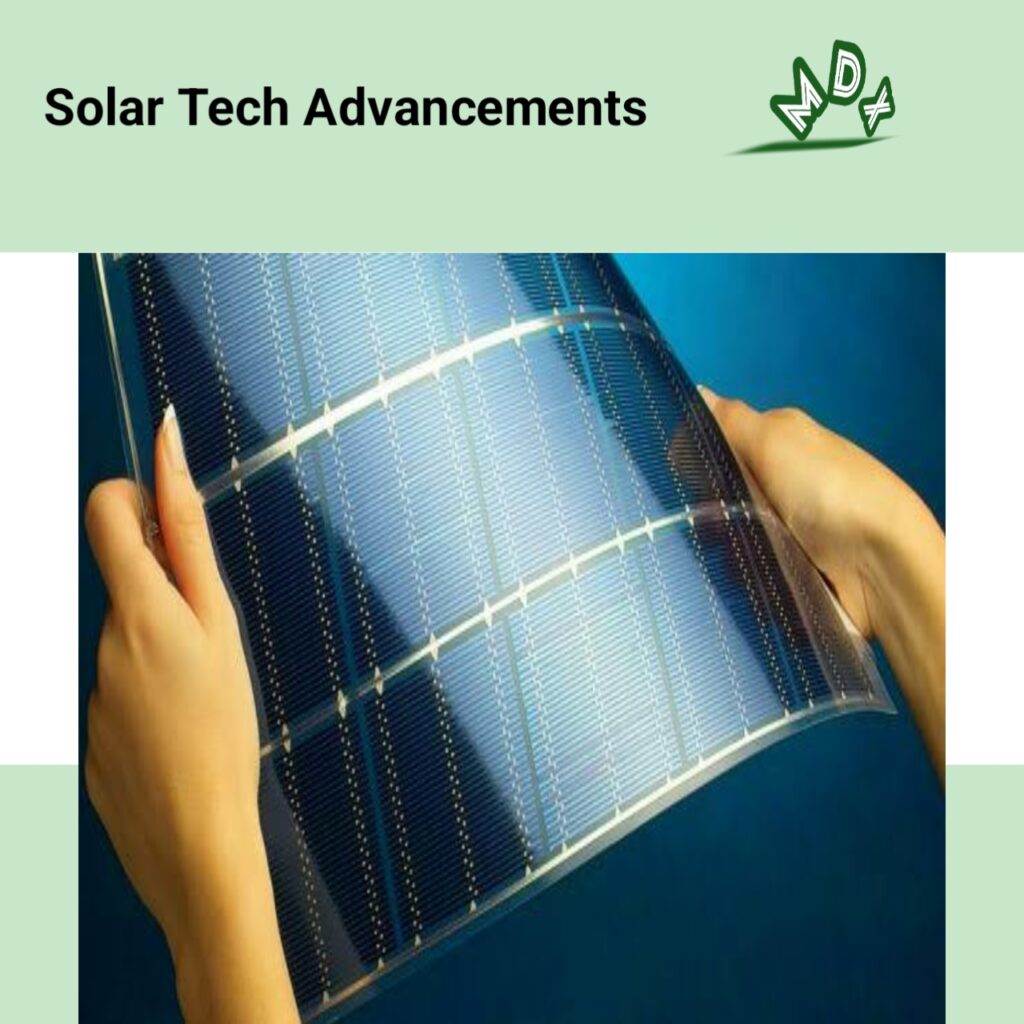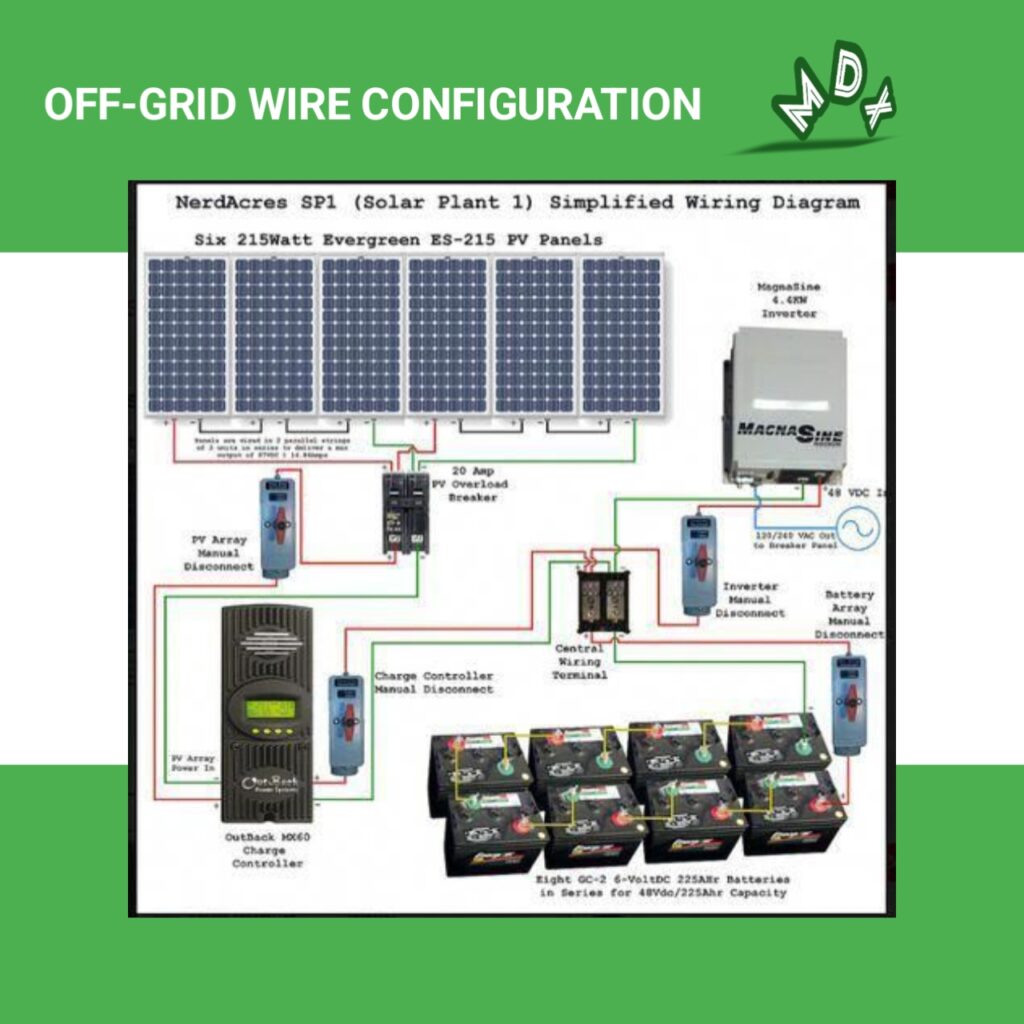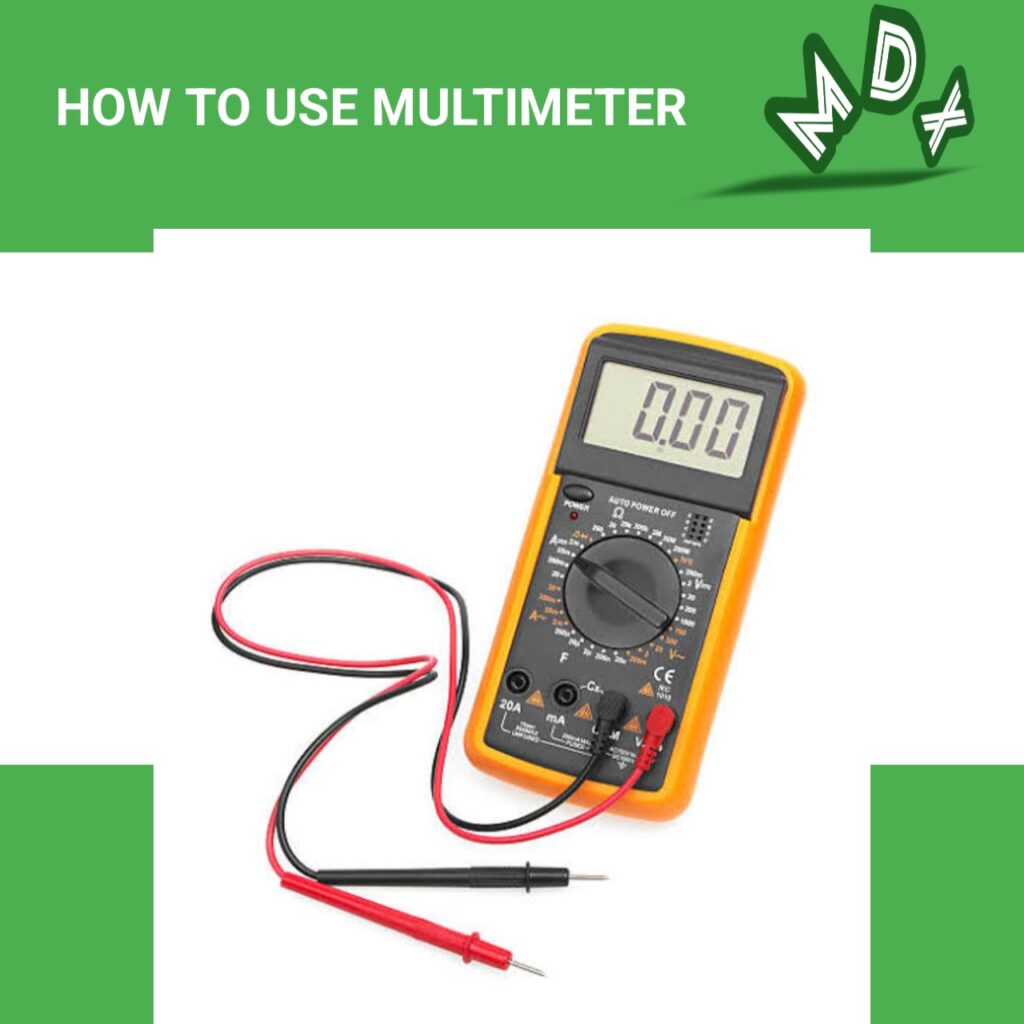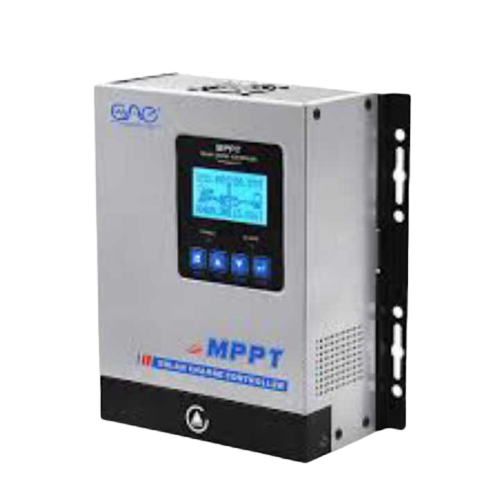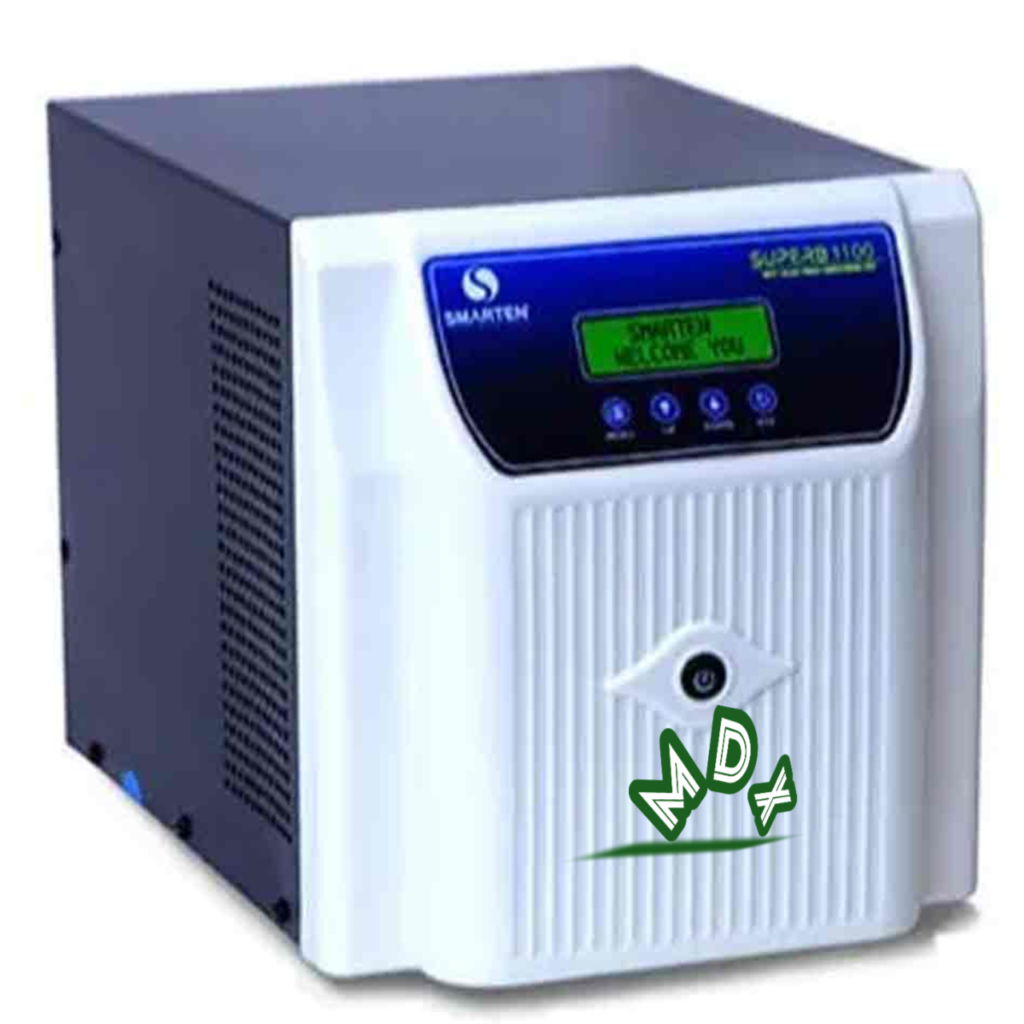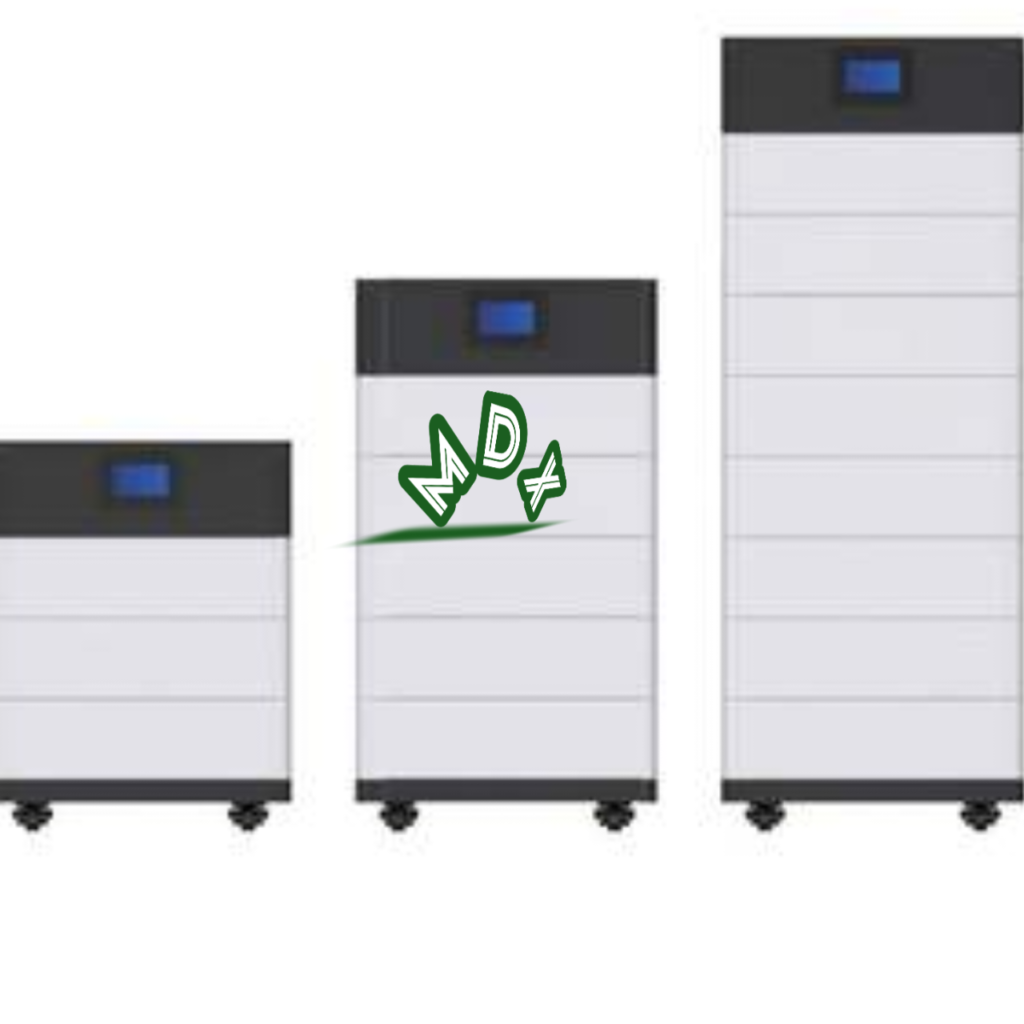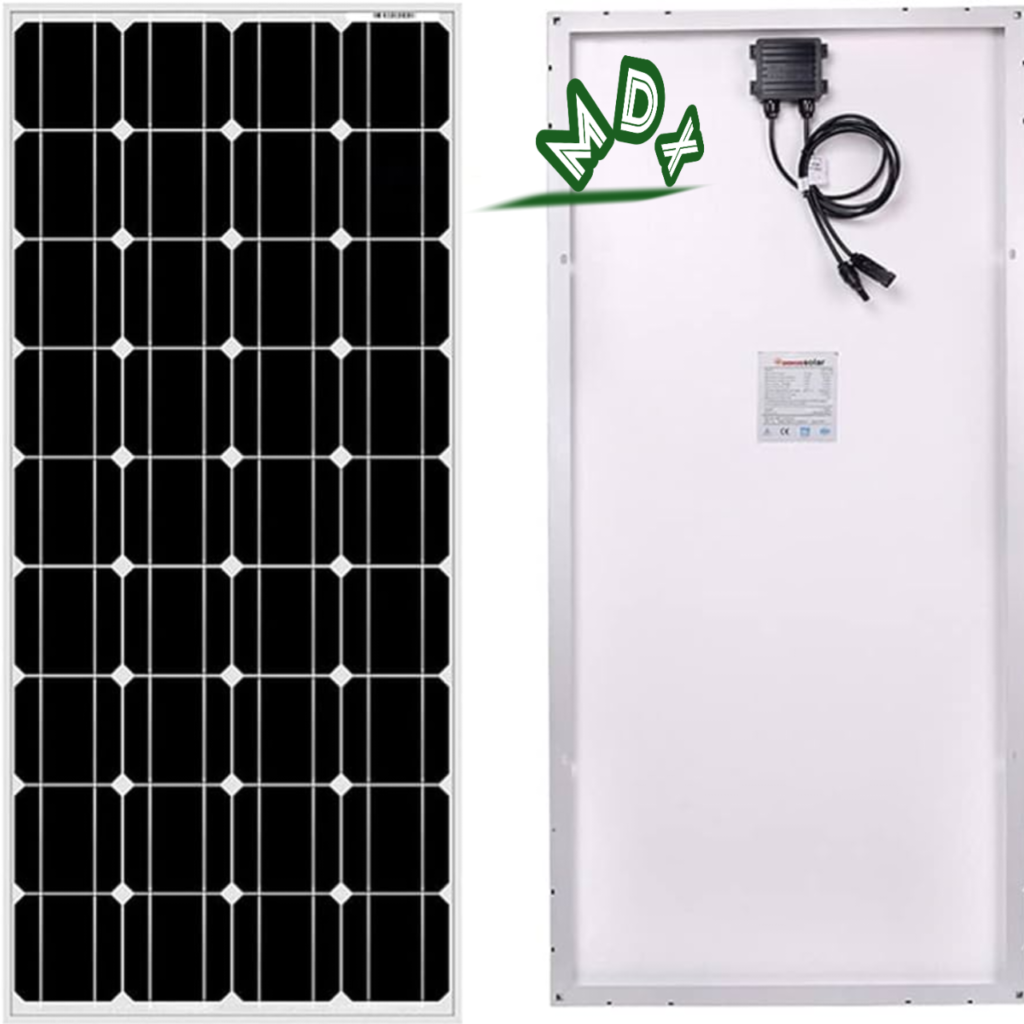Solar system beginners mistakes.. Solar power system deals with both Electrical and electronic equipment, electronic devices are fragile. So you should handle them with care always. This article highlights the top 5 common mistakes beginners make when building their first solar power system.
Also, if you’re not a beginner, you might want to read this. You may have formed some bad habits over time. So this article talks about the most common ones.
In addition, other interesting topics on solar power systems are addressed here, you can check it up anytime.
Remember that when you are not informed, you are deformed. So I urge you to keep scrolling to see all the mouth-watering information I have for you here.
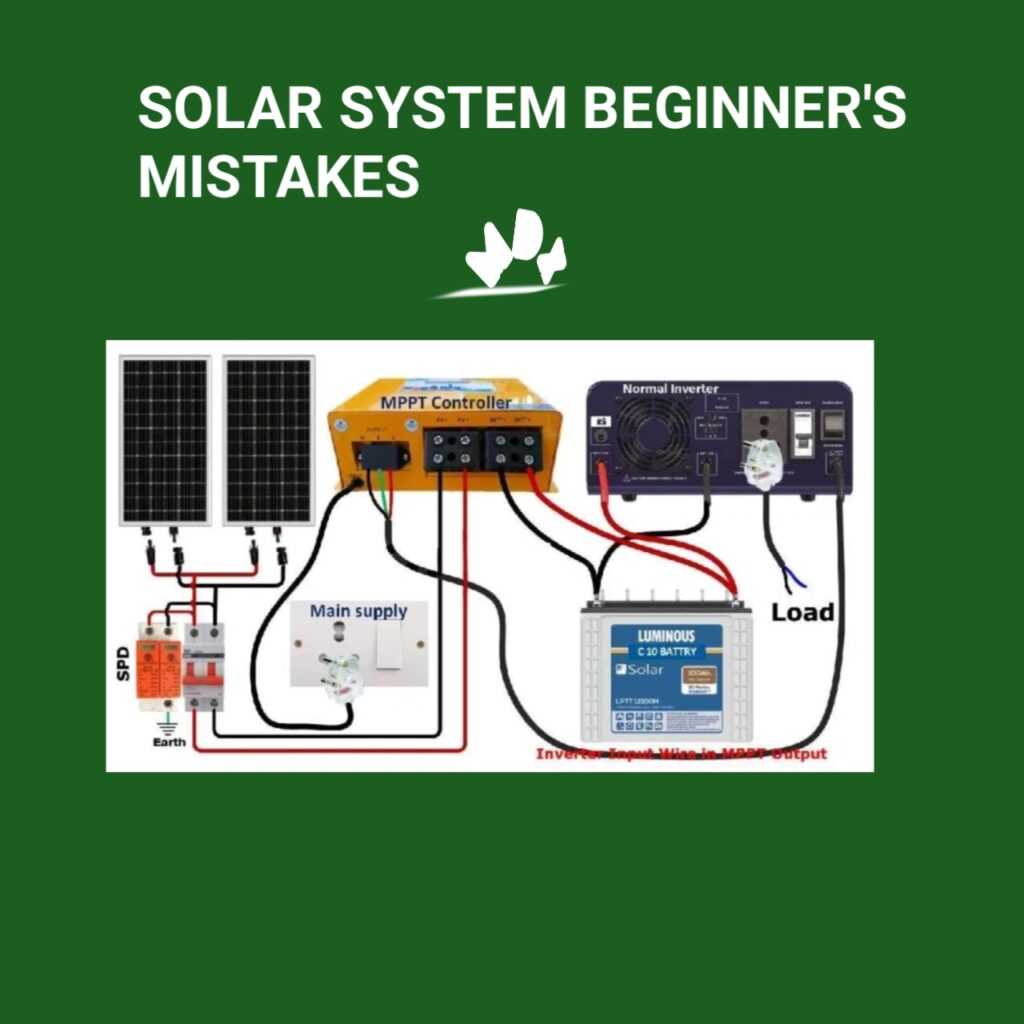
TOP 5 SOLAR SYSTEM BEGINNERS MISTAKES
- Connecting a solar string to a device without checking the voltage
- Batteries or solar panels
- Using copper clad Aluminum cables
- Improper wire gauge sizing
- Loose terminal connection
Connecting a solar string to a device without checking the voltage: Solar system Beginners mistakes
If the voltage is excess, you will destroy the device. Also, if the voltage is too low, it will fail to operate. And you will not believe how common this one is.
Many people destroy their solar charge controllers because they put too many solar panels in series. Some people use low-voltage solar panels connected in parallel. And they do not create a voltage high enough for the solar charge controller to do its job.
You can avoid all these issues by checking the voltage before you connect it to the device. Every device has a working voltage range. For instance, let’s say we have a solar charge controller and there’s a sticker at the back.
The sticker states that the minimum solar voltage is 120 Volts DC and the max solar voltage is 500 volts DC (VOC ). VOC here means voltage open circuit. This implies, measuring the solar panels when no other device is connected to them.
Before you connect the solar string to the Solar charge controller, be sure to use a voltmeter to test the voltage. If it’s within the working voltage range, then you are good to go.
Batteries or solar panels: Solar system Beginners mistakes
A lot of people will discharge their battery to zero volts and then they will be like what the heck? There are zero volts; my system is not functioning, and this battery is broken. Then, they’ll call the distributor and say what the heck you sold me a bad battery.
But what happened is you don’t have enough solar panels or enough battery backup for your load. You can check out here how to calculate your solar battery bank.
Using copper clad Aluminum cables: Solar system Beginners mistakes
These cables come with a lot of cheap Chinese inverters on Amazon. And I know you would want to avoid it like the plague.
These cables are a liability they can melt, they can catch something on fire so avoid them at all costs. You should only use copper clad.
Copper Aluminum clad is a wire that looks like copper but it’s aluminum. You can identify it when you cut it. Then, you will see the shiny aluminum on each strand on the inside. It looks like a strand on the inside but it looks like copper on the outside.
Technically, this is safe to use if you know how to use it. But most beginners should avoid it like the plague. whenever you use Aluminum, you understands that it expands and contracts at a different rate than copper. Furthermore, when you have the two connected you’re going to run into some issues.
Terminals can go loose over time and the conductivity of Aluminum is not as good as copper. So, you have to make a copper clad on your own when you purchase cheap Chinese inverters. Then you trash the copper Aluminum clad.
Improper wire gauge sizing: Solar system Beginners mistakes
This is a massive issue when building your first system. If you are building with copper you need to find a chart that shows the Max current capacity of the copper that you’re using.
This is to ensure that it can carry the current to your devices from the battery. Starting from the solar panel, any connection in your solar system needs to have a large enough cable to carry that current.This is called the maximum current capacity of a conductor.
There are charts available online that show you how much current a conductor can carry without getting too hot. Technically, copper can carry a lot of current but it will get so hot that it will fry everything around it or catch something on fire.
Therefore, you need your copper running at a good temperature. The best way to avoid likely issues is to oversize your conductors or use whatever is recommended by the manual for your device.
Loose terminal connection: Solar system Beginners mistakes
Most often, I move around to monitor solar sites and I will just wiggle the wires to see if anything is loose. Always I will find one that can yank out. That is awful and it can cause fires.
Also, it can cause melted terminals that can cause problems with voltage sensing of the devices. Lots of problems that people encounter in this field are because they have loose terminals so you want to tighten it.
Sometimes, you could have the best device in the business but if you do not tighten them properly you will have problems. So far, this is the most common mistake I have ever seen, this is especially true for large lithium-ion phosphate battery banks that people build with raw cells.
Also, understand that over time a terminal can loosen itself up. It’s always a good idea to re-torque everything every six months or so. When something gets hot and cold the expansion and contraction can be the main cause of the loose terminal connection you experience.
SUMMARY | SOLAR SYSTEM BEGINNERS MISTAKES
Those are the most common beginner mistakes. If you disagree and you think I missed something please let me know in the comments section below and I will see you in the next article thank you bye.

